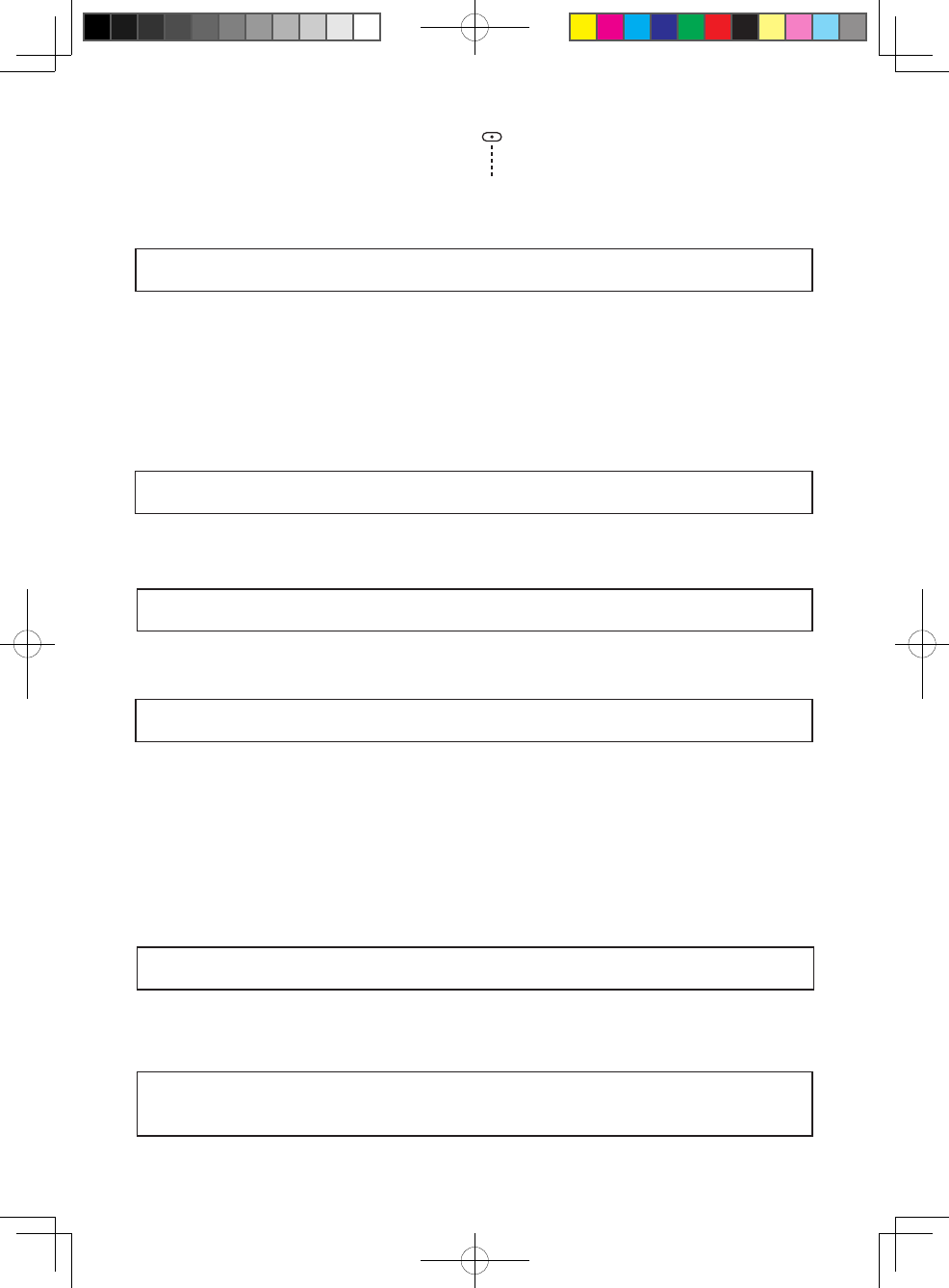
36
STRAIGHT STITCHING
POINT DROIT
PUNTADA RECTA
Straight stitch is most frequently used for all types of sewing. Let’s begin by following
the steps below.
NOTE:Basedupontheweightofthefabric,slight“netuning”ofthetension
may be desired.
A.Thread tension control
B. Reverse stitch button
C. Presser foot lifter
1.SETTINGS
Presser foot - General purpose foot
Thread tension control - 5
6. First turn the handwheel toward you (counter-clockwise) until the needle is at its
highest position. Raise the presser foot, draw materials to the rear and cut off excess
thread with the thread cutter located on the bottom of face cover as shown.
2. Pull both threads under the presser foot toward the back of the machine, leaving
about 4” (10cm) clear.
3. Place the fabric under the presser foot and lower the presser foot lifter.
4. Turn the hand wheel toward you (counter-clockwise) until the needle enters the fabric.
5. Start the machine. Guide the fabric gently with your hands. When reaching the edge
of the material, stop the sewing machine.
NOTE: To secure the stitching and avoid raveling, press the reverse stitch
switch and sew a few stitches at the start and end of the seam.
NOTE: The needle plate has both metric and inch markings as an aid for
guiding your fabric when sewing a seam.
1.RÉGLAGES
Pied presseur - Pied universel
Réglage de la tension du l supérieur - 5
Le point droit est le point le plus utilisé pour toute genre de couture. Apprenez à vous
servir correctement de la machine, en suivant les étapes ci-dessous.
REMARQUE: en fonction du poids du tissu, une légère mise au point fine de la
tension peut être nécessaire.
A. Réglage de la tension du l supérieur
B. Touche couture arrière
C. Levier du pied presseur
6. Tournez d’abord le volant vers vous (sens antihoraire), jusqu’à ce que l’aiguille
arrive à sa position la plus haute, puis relevez le pied presseur, tirez le tissu vers l’arrière
et coupez la longueur de l excessive au moyen du coupe l placé au bas de la
plaque frontale, comme indiqué sur l’illustration.
REMARQUE: la plaque d'aiguille est dotée de marques métriques et impériales pour
faciliter le guidage du tissus, lorsque vous piquez la couture.
2. Tirez les deux fils sous le pied presseur vers l’arrière de la machine, en laissant
environ 15 cm (6 po) de l.
3. Placez le tissu sous le pied presseur et abaisser le pied.
4. Tourner le volant vers vous(sens antihoraire), jusqu’à ce que l’aiguille pénètre dans
le tissu.
5. Démarrez la machine. Guidez le tissu légèrement avec les mains. Lorsque vous
arrivez au bord du tissu, arrêtez la machine à coudre.
REMARQUE: pour sécuriser la couture et éviter les effilochages, appuyez sur le
bouton de couture arrière et effectuez la couture de quelques points au début et à
la n de la couture.
100 stitch model :
80 stitch model :
60 stitch model :
00
00
00


















